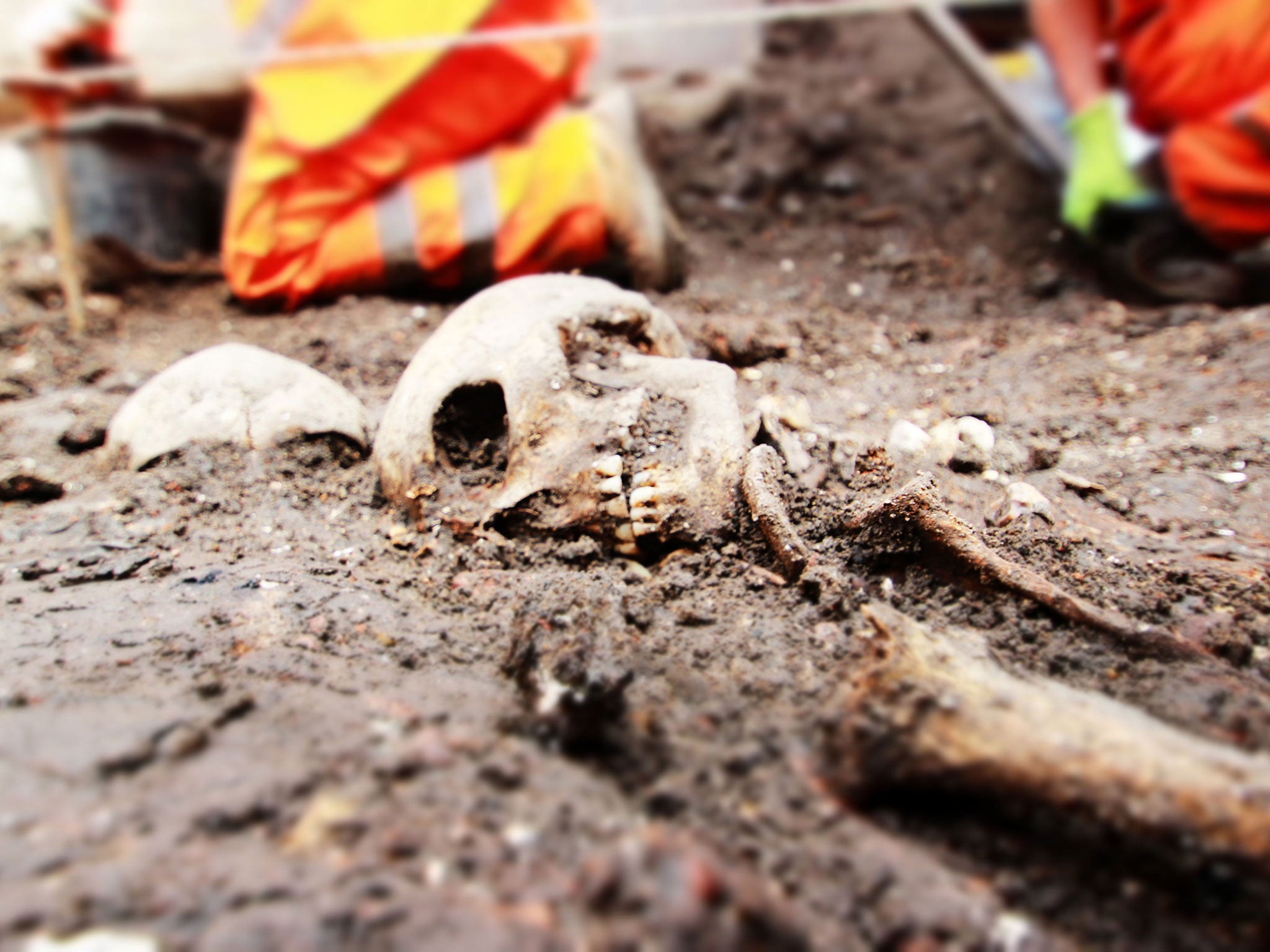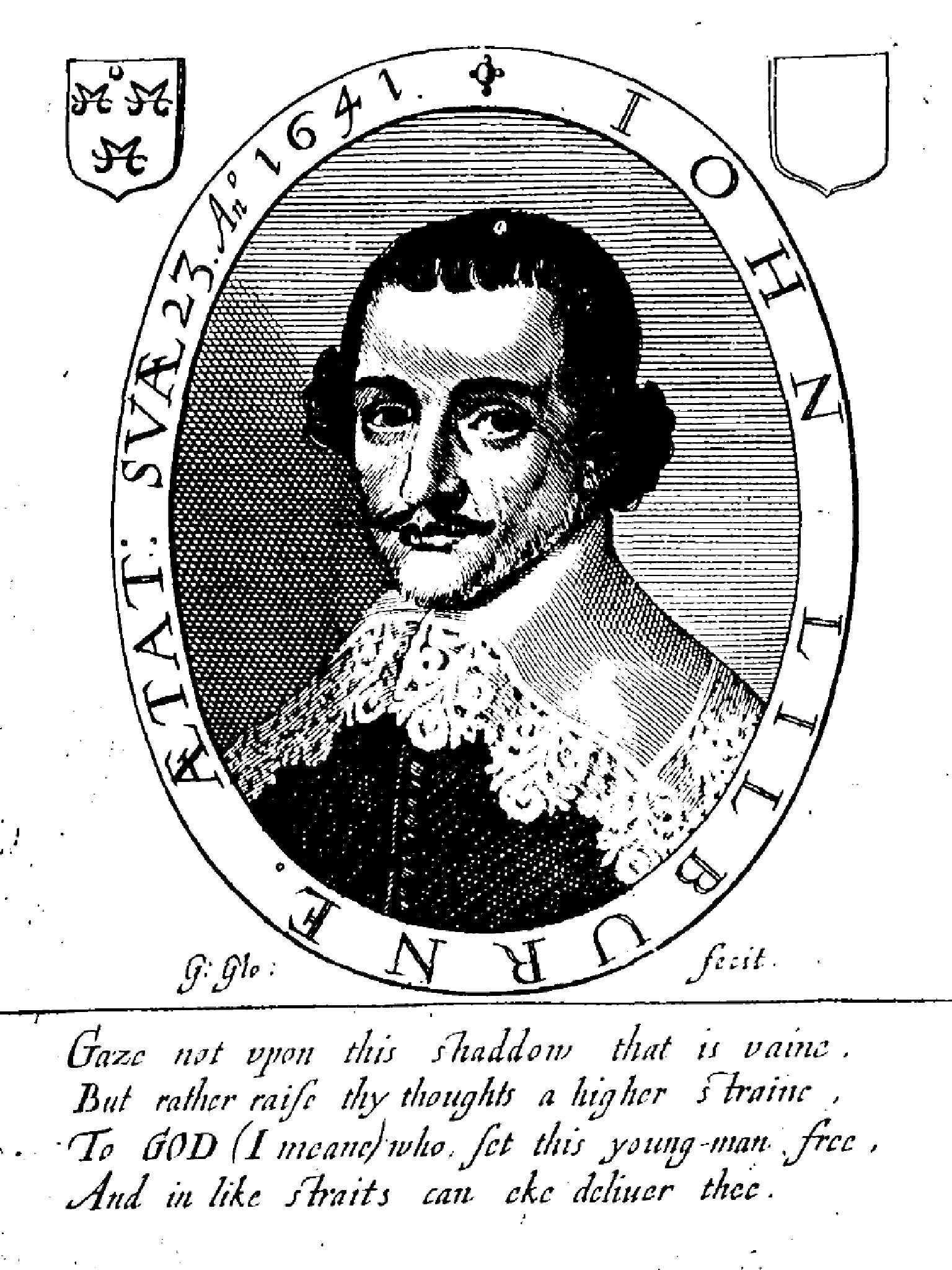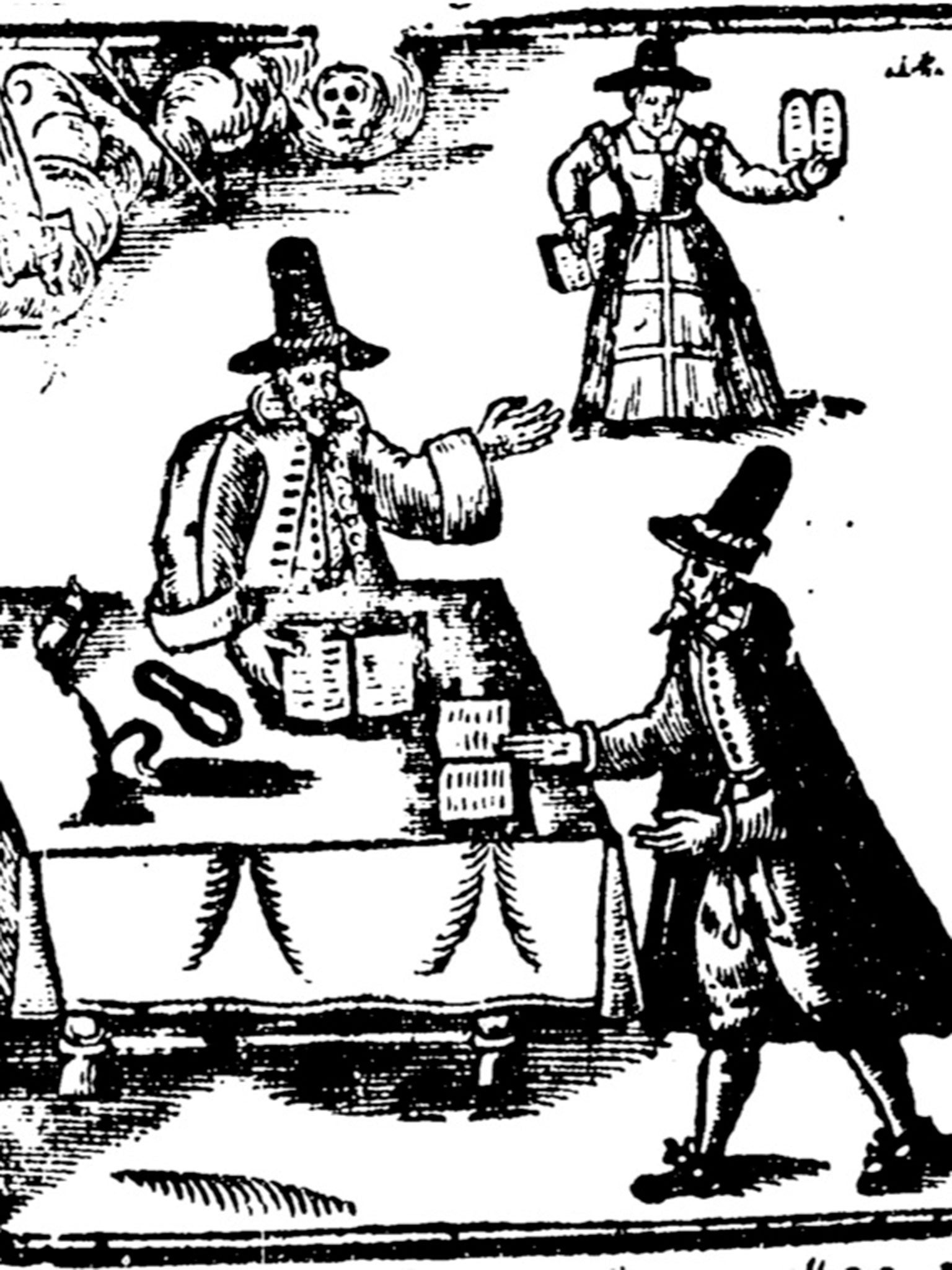Could Crossrail have uncovered the last resting place of Britain's left-wing martyr in Bedlam burial ground under Liverpool Street station?
Archaeologists expect to unearth some 3,000 skeletons during the dig, potentially including that of the Leveller martyr – Robert Lockyer

Your support helps us to tell the story
From reproductive rights to climate change to Big Tech, The Independent is on the ground when the story is developing. Whether it's investigating the financials of Elon Musk's pro-Trump PAC or producing our latest documentary, 'The A Word', which shines a light on the American women fighting for reproductive rights, we know how important it is to parse out the facts from the messaging.
At such a critical moment in US history, we need reporters on the ground. Your donation allows us to keep sending journalists to speak to both sides of the story.
The Independent is trusted by Americans across the entire political spectrum. And unlike many other quality news outlets, we choose not to lock Americans out of our reporting and analysis with paywalls. We believe quality journalism should be available to everyone, paid for by those who can afford it.
Your support makes all the difference.Archaeologists could be about to unearth the musket-shot-riddled remains of one of Britain’s great left-wing heroes.
Archaeologists expect to unearth some 3,000 skeletons during the dig, potentially including that of the Leveller martyr – Robert Lockyer.
Almost certainly born and bred nearby in London’s Bishopsgate area, he joined the parliamentarian army against Charles I at the outbreak of the Civil War in 1645. He became a Leveller, and was elected as an ‘agitator’ – a representative of the rank and file soldiery.
As a Leveller, he wanted to see virtually universal male suffrage and biennial parliamentary elections – not ideas that were of course accepted either by the royalists or the parliamentarian elite.
In order to break the links between troops with Leveller sympathies and Leveller workers in London, parliamentarian military bosses, probably including Oliver Cromwell himself, ordered that Lockyer and his leftist troops should be sent away from the capital. After Lockyer and his men had refused to comply, Cromwell arrived at the scene and many of the protesters were arrested.
Six were sentenced to death. Five were pardoned – but Lockyer was executed by firing squad in St. Paul’s Cathedral churchyard.
For left-wing London, he became a martyr. Some 4000 Londoners, many defiantly wearing Leveller symbols, attended his funeral at Bedlam.
However, within 80 years, the cemetery was closed down and re-developed. In the mid 18th century, housing for working class Londoners was built on the site and the martyr’s last resting place was forgotten. Then in, in 1829, those houses were demolished and Liverpool Street was constructed.
Only now, with the construction of Crossrail, is there a possibility that Lockyer’s long-lost grave might be re-discovered.
The archaeologists are also hoping that they may find another important Leveller grave – that of John Lilburne, the movement’s most prominent leader.

Dying of natural causes at the age of 43, he was buried there in 1657. Known as ‘Freeborn John’, he was a thorn in the side of both Charles I and Cromwell. Charles had him flogged, pilloried, gagged and imprisoned, while the Cromwellian authorities had him arrested for high treason, and later exiled and then imprisoned.
Detailed knowledge as to exactly who lies buried in the cemetery had come to light only over recent months. Crossrail recruited a group of 16 volunteers to scour parish records throughout central London to discover which of those parishes’ 16th /17th century residents had been buried in Bedlam – a graveyard that was created as an ‘overflow’ cemetery, primarily for use by poor residents of over 70 parishes who couldn’t afford to be interred in their local church’s graveyard.
Led by Crossrail archaeologist, Marit Leenstra, the volunteers succeeded in finding the names of 5323 of the 20,000 people interred at Bedlam .
The data collected by them suggests that around 21% of the 20,000 burials may have been bubonic plague victims, that a further 16% died of consumption and that around 13% died as infants (or had been stillborn). Up to 19% appear to have been prisoners.
The osteological analysis of the thousands of skeletons about to be unearthed is likely to transform historians’ understanding of early modern London.

“Because this was a major 16th/17th century London overflow cemetery, it was mainly used by the capital’s poorer inhabitants. The analysis will therefore give us an unprecedented opportunity to learn about working class Londoners’ lives at that crucial period in history,” said Crossrail’s most senior archaeologist, Jay Carver.
Scholars specializing in working class history, see the upcoming excavations at the old Bedlam graveyard as particularly significant.
“This new archaeological and historical research is of great importance as it will illuminate the lives of working class Londoners during two crucial centuries as well as highlighting the tremendous significance of the Leveller phenomenon,” said Chris Burgess, Curator of the Manchester-based People’s History Museum, the UK’s national museum dedicated to the struggle for democracy in Britain since the time of the Levellers.
“The Levellers were the beginnings of the movement for wider suffrage in Britain. They represent the genesis of popular English political radicalism – the birth of the first democratic movement in English history,” he said.
So that members of the public can access information about potential ancestors buried at Bedlam, Crossrail has now put all 5323 names of known individuals, interred there, online at crossrail.co.uk/bedlamregister
Join our commenting forum
Join thought-provoking conversations, follow other Independent readers and see their replies
Comments